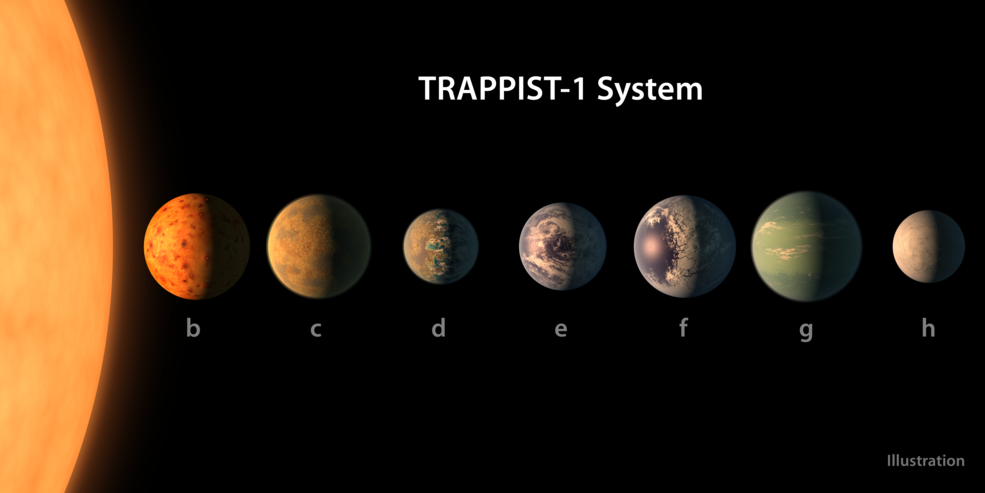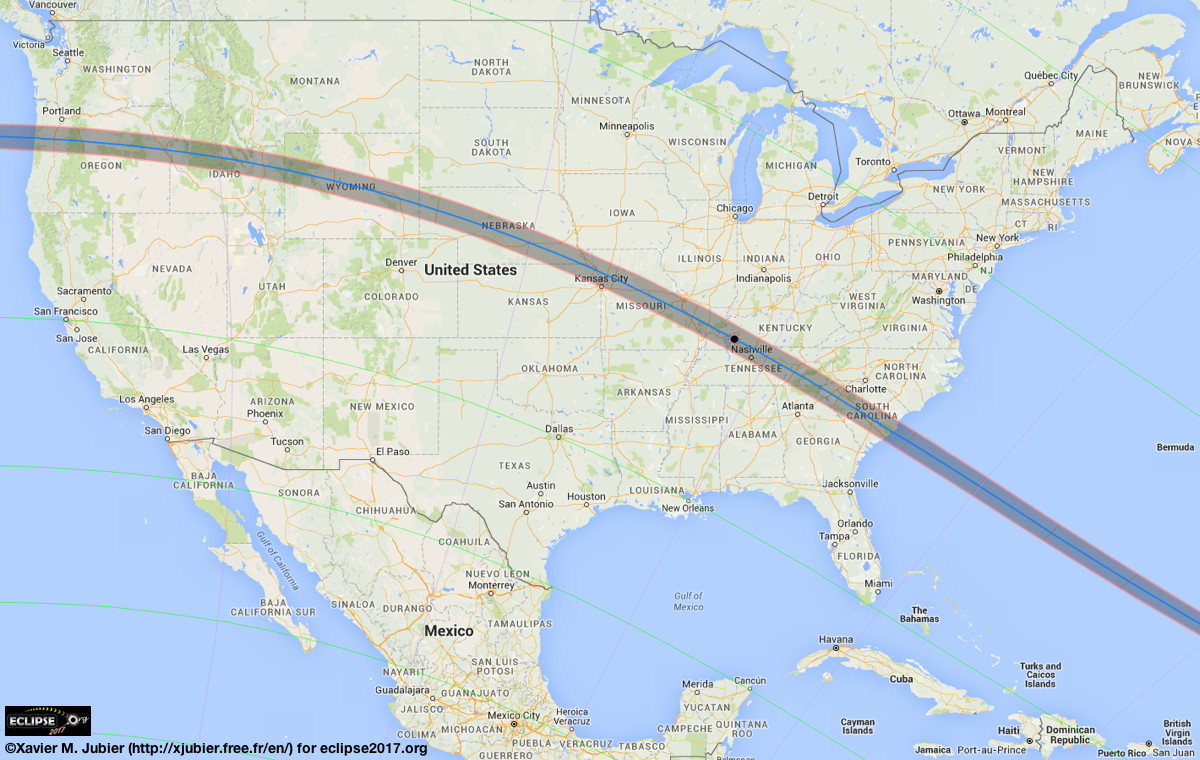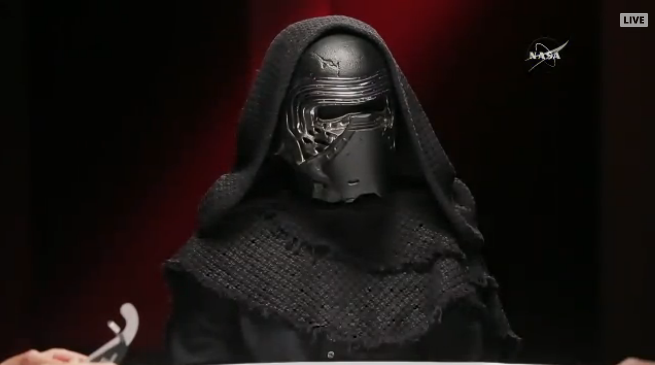If you’re at all interested in astronomy you’re probably aware that NASA held a recent press conference announcing the discovery of a system of seven Earth-like (meaning similar in size and composition) exoplanets forty light years from Earth around a star called Trappist-1. What makes this discovery so exciting, as opposed to the more than three thousand exoplanets discovered to date, is that three of the seven are located within the parent star’s habitable zone, the area around any given star where liquid water can exist.

Artist’s rendering of the Trappist system. Credit: NASA/JPL-Caltech
This discovery was made by NASA’s Spitzer Space Telescope, an orbiting infrared telescope launched in 2003. Discoveries like this don’t come easy, Spitzer was developed, built, launched, and maintained by an untold number of people and cost approximately $720 million dollars but an interest in astronomy is not solely the domain of the elite.
Following the live broadcast of NASA’s press conference, an episode of NASA Edge, a video podcast, aired discussing the upcoming total solar eclipse that will take place over North America August 21 of this year. This marks the first time in almost forty years that a total solar eclipse has been visible from the continental United States and the first time in almost a century since a solar eclipse’s path of totality has spanned from coast to coast. This offers a special opportunity for citizen scientists to get involved with gathering data. NASA’s Citizen CATE project (Continental America Telescopic Eclipse Experiment) will be utilizing volunteers at more than sixty stations across the country to record the corona during totality. Totality only lasts for about two minutes at any one location but by stringing these sites together, the Citizen CATE team hopes to Frankenstein a ninety minute video together showing the coronal activity over a large timespan.

A partial solar eclipse of at least fifty-five percent will be visible from any location in the United States but along the path of totality (pictured above) the Sun will be completely occluded by the Moon, allowing viewers to see the corona with the naked eye.
When viewing an eclipse it’s important to remember to protect your eyes, even when partially covered the Sun is bright enough to cause significant damage to your eyes’ soft tissues, special glasses or telescope filters are required for viewing. At minute mark 7:30 of the episode, NASA Edge hosts are joined by a special guest from a galaxy far, far away to let you know what precautions you’ll need to take to safely view the event.

It’s important to note, as the hosts do, that a Kylo Ren mask is not sufficient to block out the Sun’s bright light even during an eclipse, sunglasses won’t do the job either, so make sure you get safety glasses rated especially for solar viewing, they can be purchased online pretty cheaply.
The only safe time to view a solar eclipse with the naked eye is during the brief period of totality, in fact it’s recommended as the safety glasses make it impossible to see the corona. So make sure you take off your glasses or wicked cool mask during that time. Just remember to put them back on before totality ends or the incredibly beautiful and potentially once in a lifetime scene may be the last thing you comfortably see.
Kylo Ren makes a second appearance at the end of the episode to discuss the possibility of draining the Sun’s energy to power his evil machinations. Thankfully, for now you’ll have to satisfy yourself with a life changing event instead of a world ending one.
You can watch the complete episode of NASA Edge below for more information on this year’s solar eclipse and how you can get involved.